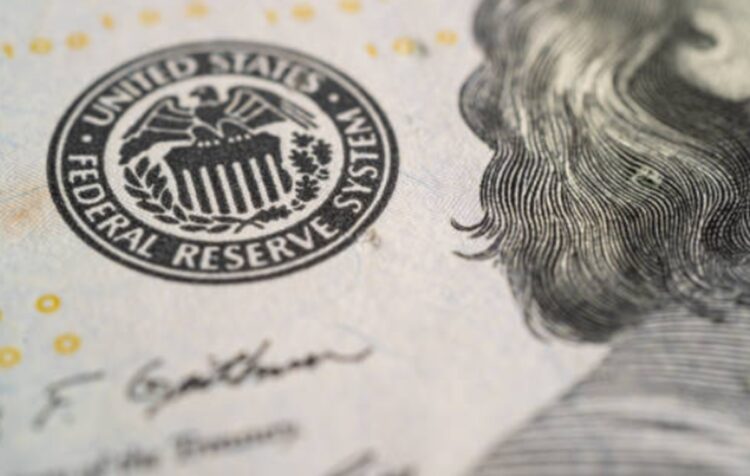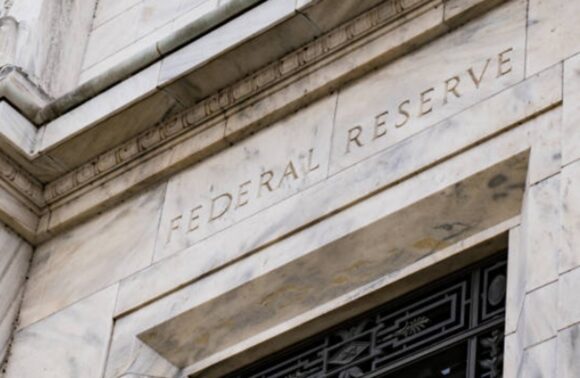Why the Fed Didn’t Cut Rates Sooner: A Look at the Central Bank’s Strategy
In recent months, questions have arisen about the Federal Reserve’s decision to delay cutting interest rates despite growing calls from various sectors. Critics have pointed to slowing economic growth and mounting pressure on consumers, leaving many to wonder: Why didn’t the Fed act sooner? The answer lies in a delicate balance between curbing inflation and maintaining economic stability.
The Federal Reserve’s reluctance to lower rates earlier stemmed from concerns that it could reignite inflation or keep it elevated above the central bank’s target. While inflation had gradually decreased from its 2022 peak of 9.1%, the initial months of 2023 highlighted the challenges of this complex journey, confirming the Federal Reserve’s cautious approach. In fact, the slower pace in reaching inflation goals in the early part of the year justified the central bank’s patience.
According to economic analysts, the Federal Reserve recognized that inflation was declining steadily without significantly affecting employment or consumer spending in the U.S. economy. By mid-2022, Federal Reserve officials believed that the level of interest rates, following the July rate hike, was sufficient to slow inflation while sustaining the broader economy. This delicate balance allowed inflation to gradually lose momentum without causing severe disruptions, though some turbulence was expected along the way.
The first major sign of concern emerged in early 2023 when inflation surged unexpectedly in January, followed by similar surprises in subsequent months. By the time the Federal Reserve met for its policy discussion in late April, it became clear that progress toward the central bank’s 2% inflation target had stalled. This temporary setback is one reason why inflation relief for consumers was delayed until mid-year, as the Federal Reserve waited for clear signals that price pressures were receding.
One of the signals that prompted the Federal Reserve to reconsider its stance was the drop in bond yields, which responded to weaker employment data and cooling inflation indicators. This development pushed down mortgage rates by more than 1.5% from their peak in late 2022, easing pressure on the housing market. By late August, Federal Reserve Chair Jerome Powell hinted that inflation had been contained enough for the central bank to consider cutting rates, particularly as the job market showed signs of fragility.
Navigating the Pressure on the Fed

The Federal Reserve holds a significant influence over the U.S. economy through its control of interest rates. When the benchmark rate is high, borrowing becomes more expensive, which can slow down economic activity and reduce inflationary pressures. Conversely, lower rates stimulate spending and investment. Over the past two years, the Federal Reserve has faced the difficult task of balancing runaway inflation with ensuring the health of the job market.
The central bank’s decisions, though independent, have been subject to considerable external pressure. Wall Street, lawmakers, and even the White House have all voiced concerns at different times. For instance, both investors and politicians called for rate cuts in response to worries about the banking sector and the housing market. However, Powell and his team held their ground, emphasizing that policy changes would be driven strictly by economic data.
Experts argue that Powell has successfully navigated these pressures, making data-driven decisions without giving in to external demands. The Federal Reserve’s strategy avoided immediate risks of economic breakdowns, despite criticism from various corners. By sticking to its measured approach, the central bank managed to guide the U.S. economy through one of its most challenging inflationary periods in decades.
As it stands, the Federal Reserve’s ultimate goal of achieving a “soft landing” — where inflation is controlled without triggering a recession — appears within reach. Although the Fed’s delayed rate cuts sparked debate, the central bank’s strategy of patience and data dependence seems to be paying off, at least for now. Whether this approach will continue to yield positive outcomes remains to be seen, but for the moment, the Federal Reserve has successfully avoided the worst-case scenario of runaway inflation or economic collapse.




